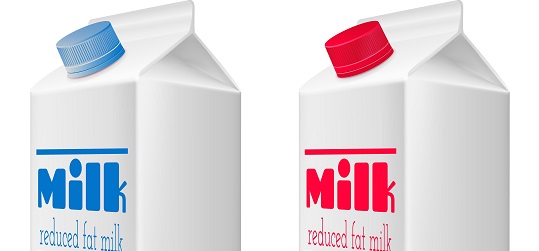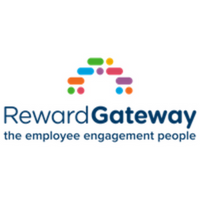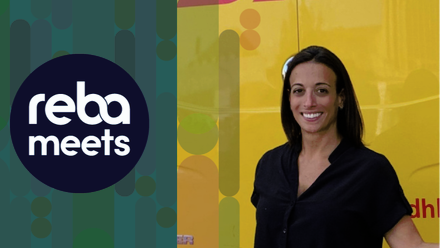What do global benefits have in common with milk carton lids?

As I poured the milk into my coffee I realised that I had made a big mistake. Instead of getting skimmed milk I had bought whole milk. Oh no, I guess I’d have to put up with it because I didn’t have enough energy to go back out. I had no idea what colour lid skimmed milk was in the US!
This made me think, are milk carton lids different all around the world or was this the normal British versus American differences (e.g bonnet vs hood, apartment vs flat, etc.)?
So I did what any analytically-minded reward person would do and researched it on the web. What I found was fascinating. Although you’d think there would be similarities for something as straightforward as milk, there were absolutely no consistencies from country to country. To illustrate this, here are ten countries and ten different milk carton lid colours for skimmed milk:
Red (Australia) - Blue (Canada) - Light Green (Israel) - Gold (Hong Kong) - Purple (Denmark) - Aluminium (France) - Lavender (Germany) - Pink (Ireland) - Yellow (Russia) - Light Blue (US)
And as if that’s not confusing enough, countries also call their milk by different names and have different varieties. Here’s a few examples of this:
New Zealand: full fat - standard fat - light fat - semi skimmed - fully skimmed - fully skimmed with added calcium - fresh cream
Germany: whole milk - skim milk - 1% milk - 2% milk - buttermilk - chocolate milk
So what does this have to do with benefits, specifically global benefits?
Well just like milk, not all countries call benefits by the same name (for example: life assurance vs life insurance, holiday vs vacation), and probably more important, not all countries have or need to have the same benefits.
Here are three reasons for these differences as well as some tips which you may find helpful as you review your global benefit strategies and programmes:
1) In some situations a benefit is included as part of another benefit
For example in some countries a pension benefit is provided as part of statutory benefits (e.g. France). In these countries it wouldn’t make sense to go in and set up a pension scheme as you’d not only be doubling up on what employees received, but you’d be doubling up on as a company what you’d be paying.
Tip: Find out exactly what is included under your existing benefit programmes, including statutory ones, before setting up any new ones. Make sure you don’t put something in place that is already bundled into another benefit. Speak with providers, consultants and other reward professionals to help you understand the local market and how benefits work in each country.
2) In some situations the benefit cannot be put in place because the offering is not available.
For example, years ago I was working for a company that was setting up a new office in Zurich, Switzerland, moving many employees from other countries in Europe.
My employees insisted that I provide them with luncheon vouchers as this was something provided to them in their home countries. I decided to first do a bit of research on this, so walked the streets of Zurich going from restaurant to restaurant looking for the familiar luncheon voucher sticker.
When I didn’t see them I went into the restaurants and asked if they accepted vouchers. Most had no idea what I was talking about, and the few that did said that they had never heard of restaurants accepting them for payment. I quickly realised that this was not a benefit that I should provide to my employees as it would be of no use to them (note: this may have changed since I researched this as this was probably 10 years ago).
Tip: Find out exactly what can and cannot be provided in each country before making decisions on adding new benefits. This includes talking to both providers and in my example the retailers accepting the benefits. Get a clear understanding of what can be used in both the short and long term, deciding if/when the benefit should be put in place in each country.
3) In some situations it may not make sense to put the benefit in place as it will not be accepted and/or appreciated by your employees
For example, years ago I had an idea to put in place an EAP (Employee Assistance Plan) in all of my European offices. I went to a global provider who was happy to help me achieve this, but when I spoke to my employees in one particular country I knew that at this point in time culturally it was not something they would accept, and thus it would not be used.
So even though it was a benefit I believed in, I decided to wait in some countries until they were ready for this (note: I ended up putting it in place a few years later after I had been able to show them the benefit of this programme).
Another way to illustrate this is going back to Germany and their offering of buttermilk. Although this may be common in Germany, I’m not sure it would be in other countries, and may indeed end up sitting on the shelves going sour as people may not enjoy and/or appreciate it.
Tip: Find out if benefits are ones which employees will use and/or appreciate, doing so by speaking to management and employees locally. If you discover that it would be appreciated then put it in place. If, however, you discover that it wouldn’t be, then consider if you feel you can change their minds or if it shouldn’t be put in place at this point in time.
So next time you’re reaching for a ‘milk carton’ (a benefit), make sure to check that you’re not only picking up the right ‘colour lid’ but that you’re picking the right ‘kind’ for you and for your employees. Is it skimmed milk, whole milk, chocolate milk or even buttermilk?
Debra Corey is group reward director at Reward Gateway.
This article was provided by Reward Gateway.
Supplied by REBA Associate Member, Reward Gateway
We help the world's leading companies with an employee engagement platform.







